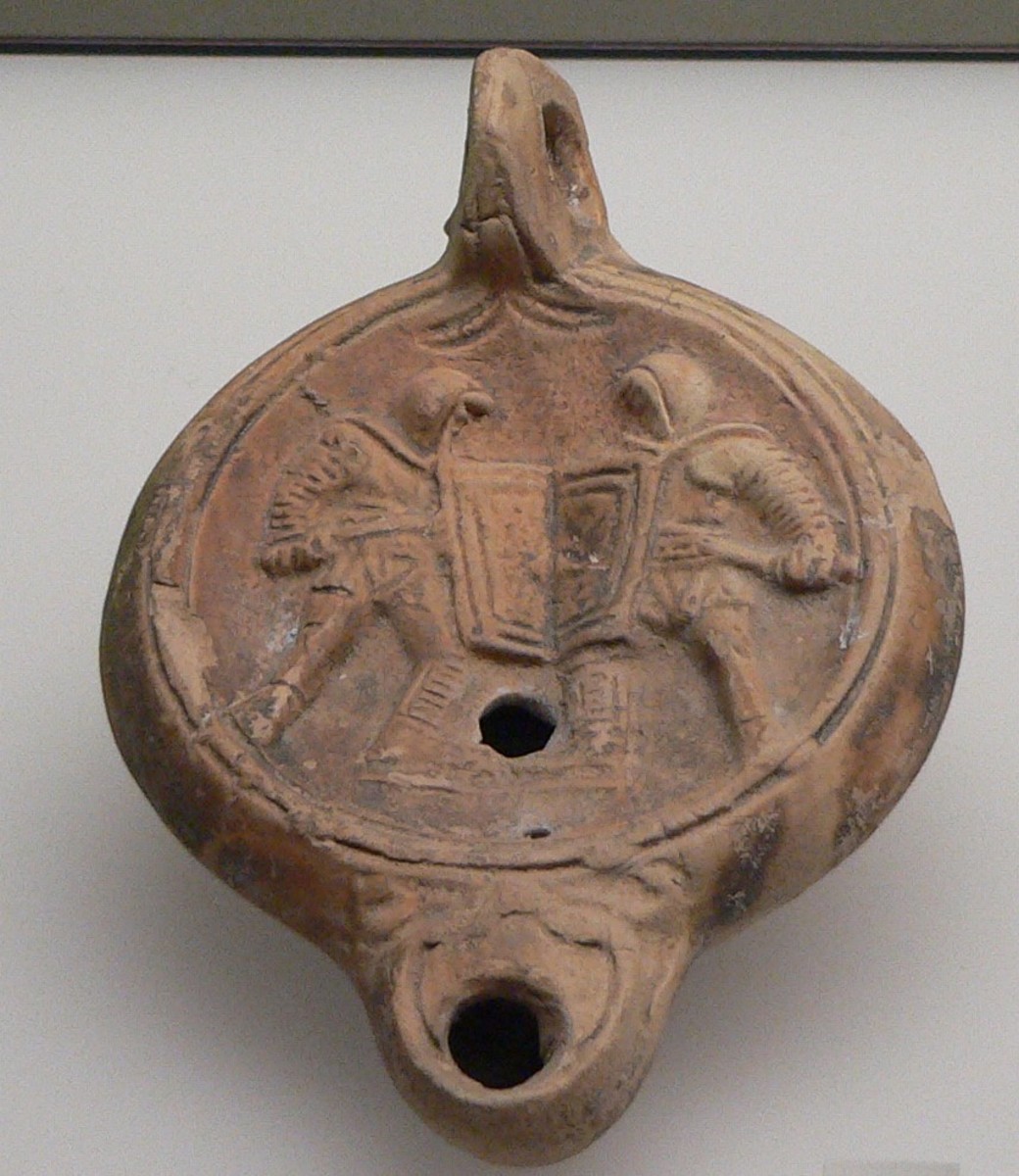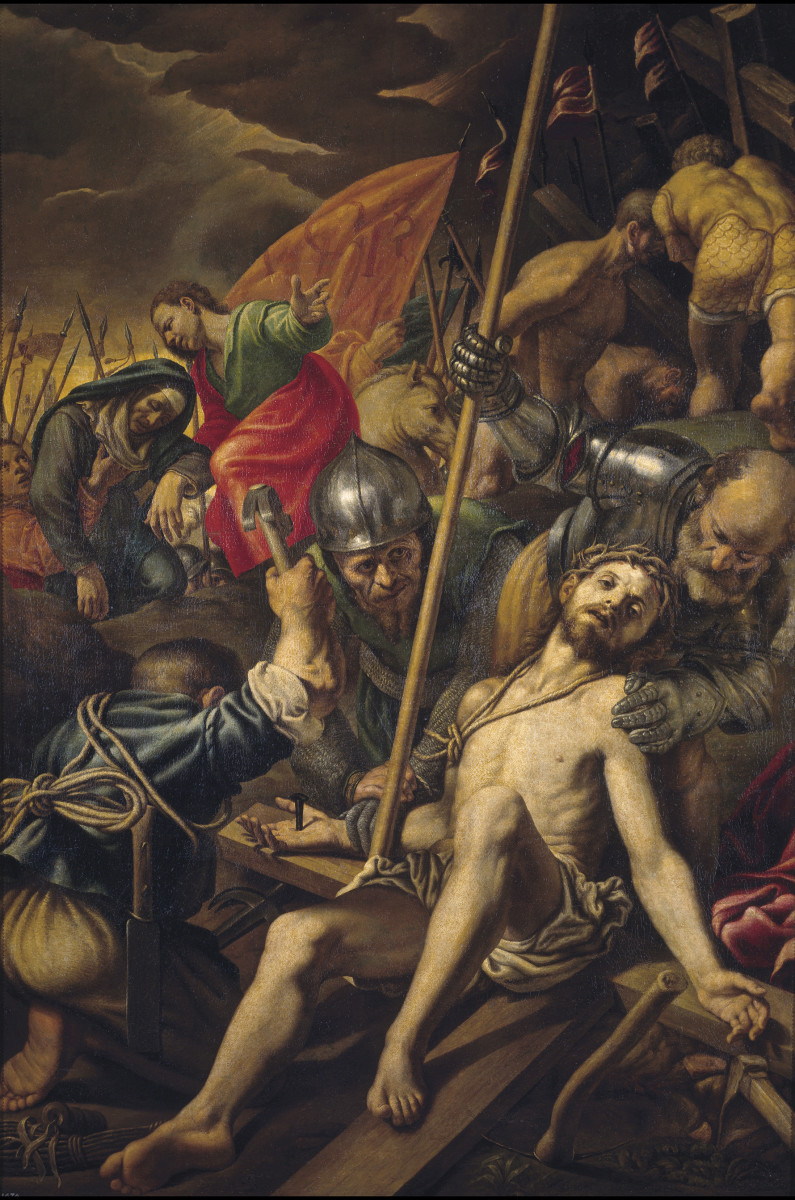A Fresh Look at The Book Of Romans for Today

Romans chapter one and introduction
This letter by Paul follows the normal pattern of all Paul’s letters and also of every letter of that time. It begins by identifying the writer and states clearly his objective in writing. It also states to whom the letter is written. It is interesting however, to notice that this letter differs from Paul’s other letters in that it is written to the church in Rome and Paul had not been there yet. So it is not personal and does not deal with specific problems, but is rather a treatise on Christianity in general.
Some have suggested that it is the greatest letter in the New Testament because it deals with great truths in a systematic way. It can be outlined as follows: 1.The problem of sin and its consequences (1.1-3:20) 2.The answer to sin (3:21-5:21) 3. Practicing the Christian life (6:1-11:31) 4. Practical application of living the Christian life (12:1-15:13) 5.Personal situation and greetings (15:14-16:27).
It is also interesting to consider the Roman world of that time and its attitude towards religion in general and towards Christianity in particular. The Romans believed in a group of gods (Jupiter, Juno and Minerva) who had human characteristics and in that way were similar to the Greek gods (Zeus, Hera and Athena). If bad things happened then it was because the gods were not happy and so it was important to keep them happy by regular sacrifices and rituals.
At the same time where people in the Roman Empire worshiped their own gods, the Roman authorities did not interfere unless it was seen as a danger to the general peace in the region. As time progressed, Christianity was sometimes seen as a danger to the “Pax Romana” and then had to be stamped out. Recognition of Caesar as a god was also expected as indicated on some of the early Roman coins. This problem had already been present in the time of Jesus when the question of paying taxes came up. Paying taxes to Rome was a point of vexation to the Jews and then Christians, who already paid their own tithes.
So in this letter Paul has not yet visited Rome, something he was desperate to do and eventually would experience in an unplanned way as a prisoner to be tried by Caesar, as Luke records in Acts. In the first chapter Paul goes straight into the issue of salvation by faith, something that the Jewish believers found difficult to accept because, like Paul, they had grown up in a law/works situation. Paul deals with this issue in the Galatian letter and particularly in Chapters 2 and 3 where he writes that we are all children of Abraham and so heir of God. In Galatians 3:26-29 he writes that we are all sons of God through faith for all who have been baptized into Christ have put on Christ. So the differences between groups have been put away in Christ. No longer can we separate Greeks (Gentiles) and Jews, women or men, slaves or free, all have access to God’s promises through Christ the saviour.
Paul pulled no punches as he looked at the Roman world of his time and the moral decay that had set in. This attitude obviously also affected the life of Christians living in that permissive and corrupt society. Jesus came to introduce a different standard of pure living and righteousness. It is also interesting to note in this first chapter (vs.20), that God’s judgement falls on all because God has placed the knowledge of good and evil into the hearts of all. We ignore that fact at our own peril (vs.32). Human wisdom that rejects God and his plan of salvation is both futile and foolish (vs.21,22).
Looking at our world today it is obvious that the same moral decay is present and alive! Fortunately the same answer also is present – a salvation and life in the Holy Spirit that Paul explains in more detail in the rest of this great book.
References: Barclay, W. The Letter to the Romans. Daily Study Bible. The Saint Andrews Press.
Bruce, F.F. Romans. Tyndale New Testament Commentaries/
Malherbe, Abe, The world of the New Testament. Sweet publications








